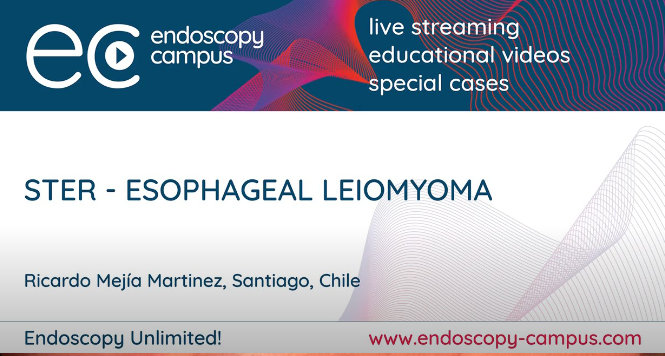Progression in Barrett’s Esophagus Score Can Be Used for Estimating Neoplastic Progression
Prateek Sharma, MD, FASGE, reviewing Nguyen TH, et al. Gastrointest Endosc 2022 Jan 5.
Barrett’s esophagus (BE) is a known precancerous lesion for esophageal dysplasia and adenocarcinoma (EAC); however, it is unclear who will progress to high-grade dysplasia (HGD) or EAC. Developing methods to identify who is at risk of progression is important for surveillance recommendations, allocation of resources, and patient reassurance. Recently, a prediction model for BE progression was developed using sex, smoking status, maximum BE length, and the presence of low-grade dysplasia (LGD) on index endoscopy. The current study looked to validate this Progression in Barrett’s esophagus (PIB) prediction tool.
This single-center, retrospective study evaluated 608 consecutive patients (mean age, 61.6 years, 96% male) diagnosed with BE on index endoscopy. They were followed for progression to HGD or EAC, and patient charts were reviewed for sex, smoking status (never or ever), BE segment length, determined by using the Prague C & M Criteria (circumferential length, maximal length), and dysplasia status at index endoscopy. Subjects were assigned points using the PIB scoring system: 1 point per 1 cm of BE length up to 10 points, 9 points for male sex, 5 points if they ever smoked, and 11 points for the presence of LGD at index endoscopy. Individuals at low risk for progression were defined as those with 0 to 10 points, intermediate risk was 11 to 20 points, and high risk was >20 points.
The points-based model discriminated well with an area under the receiving operator characteristic curve (AUROC) of 0.72 (95% confidence interval [CI], 0.63-0.82). When using the PIB score to assess progression, the cumulative incidence was 1.1% (95% CI, 0.2%-7.8%) for low risk, 4.2% (95% CI, 2.7%-6.5%) for intermediate risk, and 6.1% (95% CI, 2.3%-15.2%) for high risk. When categorized into low-, intermediate-, and high-risk groups according to published cutoffs, the AUROC was poor at 0.57.
When the model was adapted to include only 2 risk groups (high risk >15 points, low risk ≤15 points), the cumulative incidence of BE progression was 1.1% (95% CI, 0.4%-2.9%) and 8.0% (95% CI, 5.2%-12.1%) in the low- and high-risk groups, respectively. The AUROC was 0.72 (95% CI, 0.64-0.80) with 2 risk groups.

COMMENTThis study externally validates the use of the PIB prediction tool with baseline patient information: sex, smoking status, BE length, and baseline histology (LGD). These features should help determine individualized patient progression rates and guide surveillance.
Note to readers: At the time we reviewed this paper, its publisher noted that it was not in final form and that subsequent changes might be made.
CITATION(S)
Nguyen TH, Thrift AP, Ketwaroo GA, et al. External validation of a model determining risk of neoplastic progression of Barrett’s esophagus in a cohort of United States veterans. Gastrointest Endosc 2022 Jan 5. (Epub ahead of print) (https://doi.org/10.1016/j.gie.2021.12.034)


